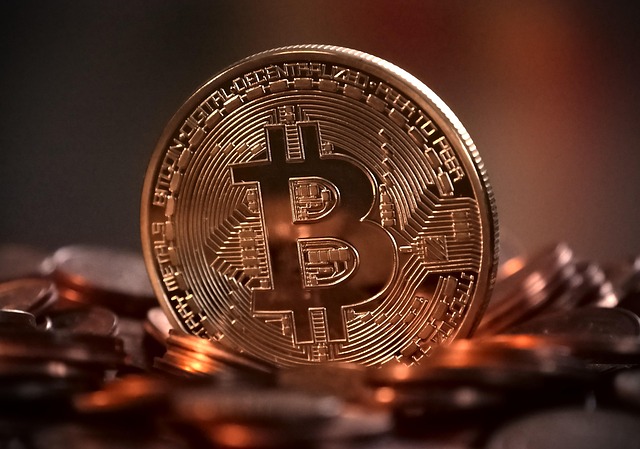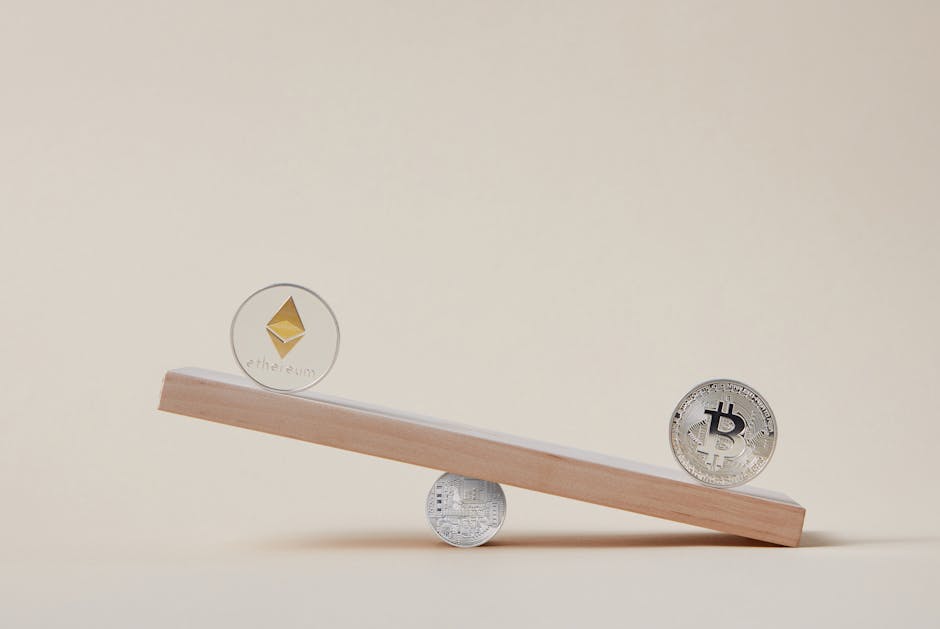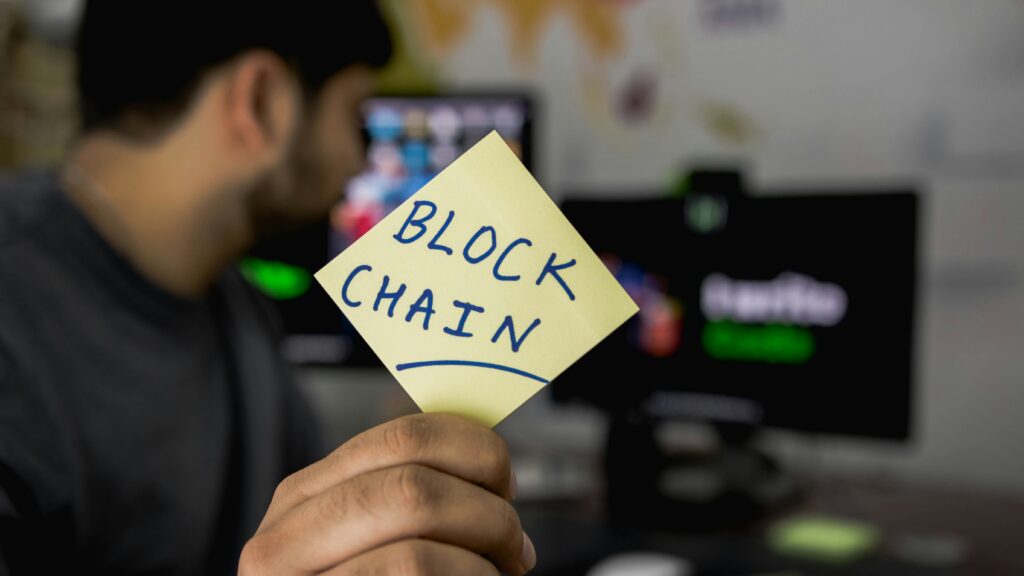What Is Blockchain, Really?
Understanding blockchain starts with stripping away the jargon and getting to the core idea. Let’s break it down step by step.
A Simple Definition
At its most basic, blockchain is a type of digital record-keeping. Imagine a notebook that everyone can see and write in, but no one can change once something is written down. That’s blockchain in a nutshell.
- It records data or transactions
- Everyone involved has access to the same version
- Once something is recorded, it’s nearly impossible to alter
The Core Idea: A Decentralized Digital Ledger
Traditional systems rely on a central authority—like a bank or government—to keep track of important information. Blockchain flips this idea.
- Decentralized: No single entity controls the data
- Digital ledger: Think of a record book that exists across thousands of computers
- Transparent and secure: Everyone sees the same data, and it’s verified by the network
This means people and systems can trust the information without needing to trust each other—or a central keeper.
Blockchain vs. Traditional Databases
There’s often confusion between blockchain and regular databases, but the two operate very differently:
| Feature | Traditional Database | Blockchain | |————————|——————————-|————————————-| | Controlled by | One central authority | Multiple decentralized participants | | Can data be changed? | Yes, admins can edit/delete | No, data is immutable | | Access | Limited, often restricted | Public or permissioned networks | | Trust required | High trust in the admin | Trust via consensus and validation |
In short: a traditional database is editable, isolated, and controlled. Blockchain is shared, permanent, and trustless—as in, trust is built into the system itself.
Understanding this distinction is the first step to seeing why blockchain is such a transformational technology.
How Blockchain Works
Let’s break this down simply. A blockchain is made up of blocks—think of them like digital containers. Each block holds a bundle of transactions or data. Once full, that block links to the previous one, creating a chain. Hence: blockchain. Nothing fancy, just a smart way to keep records tied tightly together.
Now, how does data get in? When someone initiates a transaction—say, you send crypto to a friend—the transaction is broadcast to the network. Then, it waits to be verified and added to a block. Once added, the block is sealed with a digital fingerprint called a hash. This hash is basically a unique code generated from the data in the block. If anyone tries to tamper with it, the hash changes. That break in the chain? It instantly sets off alarms across the network. That’s what makes the system tamper-resistant.
So, who decides what’s true and what’s junk? That’s where consensus mechanisms come in. Instead of a central authority calling the shots, the network of users agrees on what data gets added. They follow rules—like Proof of Work or Proof of Stake—to reach this agreement. It’s messy but efficient. And it means the system keeps running without needing a CEO or a middleman. Welcome to decentralized trust.
Why It Matters
Blockchain isn’t just a buzzword—it’s a foundational shift in how we store, share, and verify information. Here’s why it matters, especially for those outside the coding world.
Trust Without Third Parties
Traditionally, we rely on trusted intermediaries to conduct transactions:
- Banks verify and process payments
- Lawyers oversee legal contracts
- Brokers handle financial exchanges
With blockchain, these roles are handled by code and collective verification. The technology allows peers to transact directly, cutting out the middleman and reducing friction, cost, and potential for fraud.
Key takeaway: Blockchain replaces institutional trust with mathematical proof.
Security Through Transparency
Every transaction on the blockchain is recorded on a public ledger and time-stamped. Once added, data can’t be altered without mutual agreement by the network.
What this means in practice:
- Anyone can validate a transaction’s authenticity
- Tampering with past records is nearly impossible
- Transparency discourages fraud and builds credibility
Bottom line: The system ensures integrity by design—not by trust.
The Shift Toward Decentralized Control
Unlike traditional systems where control is held by a single entity (like a bank or corporation), blockchain networks are decentralized. That means:
- No single point of failure or authority
- Power is distributed across thousands (or millions) of users
- Changes require consensus, not executive decisions
This shift empowers users, encourages fairness, and builds systems that are more resilient to corruption or manipulation.
In essence: Decentralization changes who holds the power—and gives more of it to the users themselves.
Real-World Uses You’ll Actually Care About
Most people hear “blockchain” and immediately think crypto. And yeah, cryptocurrencies like Bitcoin and Ethereum are still the headline acts. But that’s barely scratching the surface. The real power of blockchain is showing up in quieter, more practical places.
Take supply chains. Imagine scanning your sneakers and knowing exactly which factory they came from, when they shipped, and how long they were in transit—no guessing, no greenwashing. Sushi, luxury handbags, even coffee beans—it’s all being tracked on-chain to kill counterfeits and boost transparency.
Now layer in digital identity. Governments and startups are field-testing blockchain IDs that are nearly impossible to fake. Combine that with secure voting systems, and suddenly elections start looking a lot more bulletproof. Everyone votes, no one hacks.
And then there’s smart contracts. These are bite-sized programs sealed into the blockchain itself. They trigger actions automatically—like releasing payment when a job is done—without middlemen. No lawyers, no waiting. Just code doing the job right.
There’s more coming, but these use cases already show how blockchain’s moving from hype to hardware. It’s not just about investing—it’s about infrastructure.
(Want more depth? Read: How Blockchain is Revolutionizing Various Industries)
The Pros and Cons
Blockchain isn’t magic—but it does solve real problems. At its best, it delivers secure, tamper-proof records without needing a central authority to keep things honest. That means fewer middlemen, less chance of fraud, and processes that move faster and cost less. For industries juggling tons of data or transactions—finance, supply chains, insurance—it’s a major efficiency boost.
But it’s not clean or easy. Energy use remains a serious issue, especially with older proof-of-work systems like Bitcoin’s. Some chains are evolving toward greener consensus models, but we’re not there yet. Speed is another mixed bag: while blockchain excels in transparency, it often lags in transaction throughput compared to traditional systems. And then there’s regulation. Countries aren’t on the same page, which muddies the legal waters and slows adoption.
Despite all the potential, mainstream rollout won’t be frictionless. Businesses want security and clarity. Until the tech gets faster, lighter, and better governed, expect cautious steps—not a mad dash.
Getting Started as a Beginner
Getting started with blockchain doesn’t need to feel like a black hole. It starts with a wallet.
How to Get Your First Crypto Wallet
A crypto wallet is your personal gateway to the blockchain world. Think of it as your digital keychain—used to store, send, and receive cryptocurrencies. There are two types: hot wallets (connected to the internet) and cold wallets (offline, more secure).
Start simple. Download a trusted hot wallet like MetaMask, Trust Wallet, or Coinbase Wallet. They’re free and user-friendly, especially for beginners. Signing up is straightforward—no credit check, no paperwork. You’ll get a seed phrase (a series of words). This is your lifeline. Write it down on paper and store it somewhere safe. Lose it, and you lose your wallet.
If you’re putting in larger amounts or planning to hold long-term, consider a cold wallet like Ledger or Trezor. They’re physical devices and one-time purchases that put a serious lock on your assets.
Reading the Blockchain: Tools and Sites to Explore
Curious where your crypto went? Want to see what whales are up to? That’s where blockchain explorers come in. Sites like Etherscan (for Ethereum) or Blockchain.com (for Bitcoin) let you track every transaction happening on the network.
All you need is a transaction ID or wallet address to start digging. You can see exactly how much was sent, when, and where it went. It’s radically transparent—one of blockchain’s biggest upsides.
Staying Safe: Scams to Watch For
The downside? Scammers love new users. Avoid deals that sound too good to be true. Don’t click random wallet pop-ups, fake airdrops, or sponsored links from shady sites. Never, ever share your seed phrase with anyone.
Watch for impostor websites and phishing schemes. One rule of thumb: if someone is offering you free crypto for nothing, it’s bait. Stick to official sources and watch what you sign—those “harmless” wallet popups can drain your funds with a single click.
Blockchain opens possibilities—but it demands vigilance. Start small, move carefully, and keep learning.
The Future of Blockchain
Blockchain isn’t slowing down—it’s evolving, and fast. The next frontier is scalability. That means making blockchains faster, cheaper, and easier to use at scale, without sacrificing decentralization. Think less environmental strain, more transactions per second. Ethereum’s moving in that direction. So are upstarts using techniques like sharding and proof-of-stake to handle bigger loads without doing a number on the planet.
The potential impact isn’t confined to crypto traders. Healthcare, for example, could use blockchain for secure patient records that follow you from clinic to clinic. Finance is targeting faster cross-border transactions, no middlemen. Logistics firms are already tracing materials from source to shelf with timestamps no one can tamper with.
This tech isn’t hype anymore. It’s real infrastructure—and more industries are waking up to what they can build with it. So no, blockchain’s not a passing trend. It’s still early, still rough in patches, but it’s laying down rails for the next decade of data, trust, and digital ownership.

 Founder & Editor-in-Chief
Founder & Editor-in-Chief
